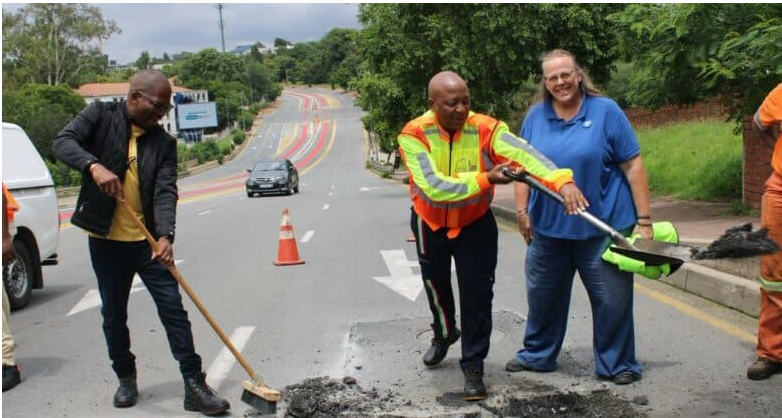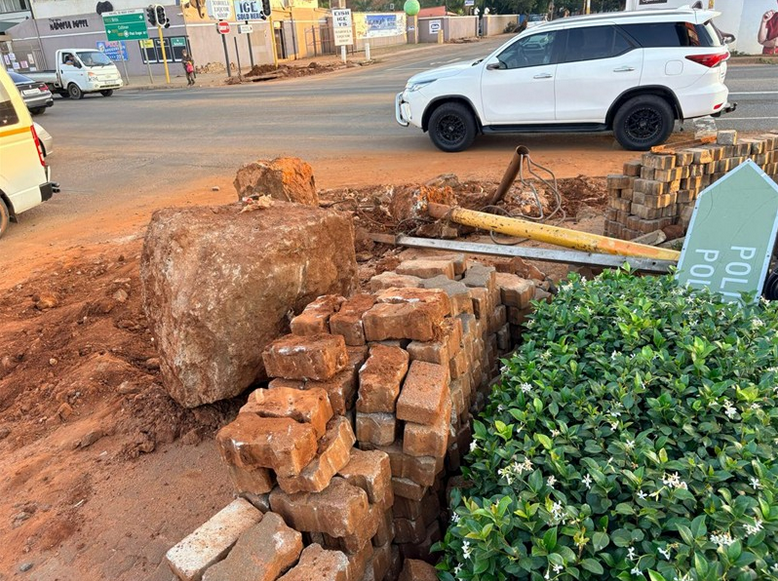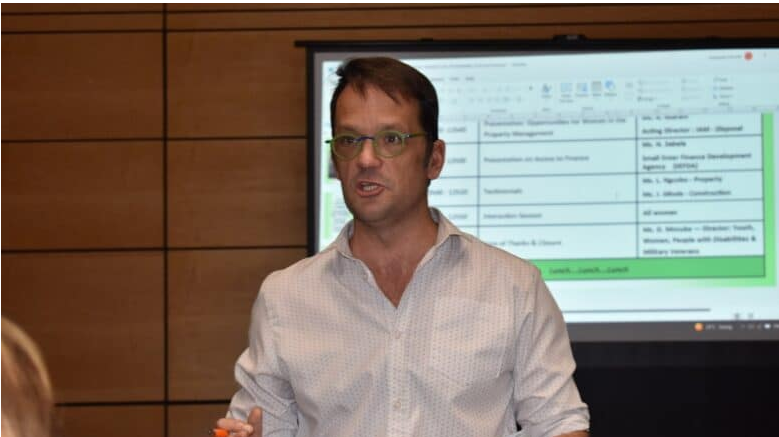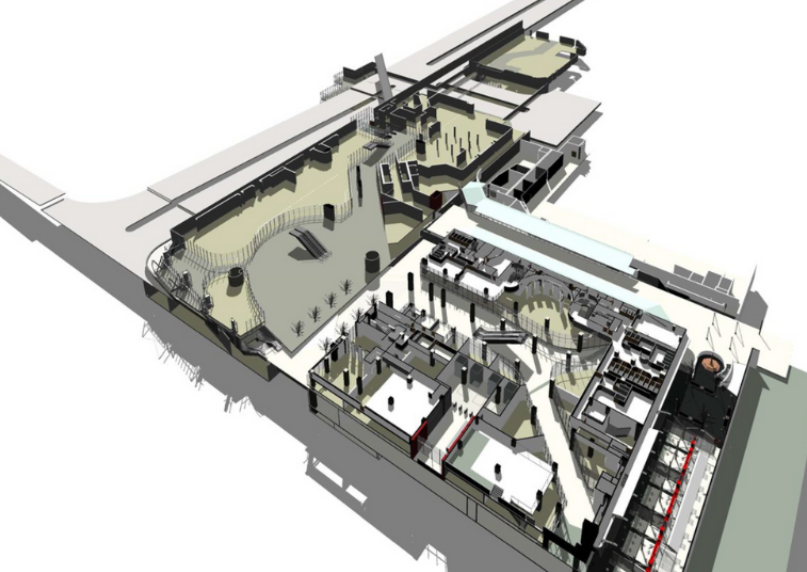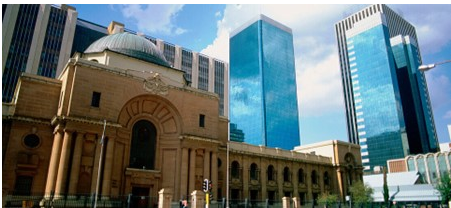Yes to smart new cities, but we first need to get smart with our rotting old cities

Advertising
19-04-2021
Read : 1110 times
Business Day
Source
Most people enjoy a bit of science fiction, a little makebelieve about what could be possible in an imagined future where scientific or technological advances and major social or environmental changes occur.
It makes sense then that our beliefs, and hopes, for the idea of SA smart cities persist. A construct that has been around for almost three decades — the first smart city concept came into being in Amsterdam in 1994 — a smart city suggests greater, better things that will make our cities more efficient and provide better quality of life for those who inhabit them.
So much are our aspirations pinned on developing smart cities within the next 10 to 20 years that the concept has been highlighted in the president’s state of the nation address for three years in a row, with Lanseria being identified as “the first new city to be built in a democratic SA”.
This interest from the presidency in how smart cities can help address many of the country’s social, economic and sustainability issues — not to mention the vision of highspeed rail, glossy new buildings and fast technology — is encouraging. But the primary challenge is turning idealisation into actuality, and it’s here that we need to take a closer look at what a smart city is in the SA context.
First, the term smart city does not refer only to technological advances or digitisation, though that is key to being “smart”. It refers to being better at delivering basic services to residents, and making cities more inclusive. Both of those points seem simplistic in concept but in reality are far from being fully realised. The struggle to provide sufficient affordable energy is a case in point.
Second, even if a city is smart in design, such as Cornubia City in Durban — impressive on paper and with smart elements — it needs to be holistically smart, where the built environment works better for everyone who makes use of it. It also needs to be more inclusive, and not focus only on the inner city — or CBD as it used to be known — and suburbia. Townships and rural spaces also make up the bare bones of a smart city and need to be included in early design and integration.
Then there is the issue of who will pay for this mass development across the country, turning once vacant greenlands into burgeoning metropolises (which in itself is an ecological challenge as there is an environmental contest to consider for any new build).
Right now there is no fiscal support to speak of to enable this concept. The government certainly cannot pay for it on its own; the private sector needs to be engaged and brought on board.
We also need to consider what will happen to our existing online. cities when Managing smart“cities crime come and grime” has been a central theme for local governments for years.
Consider the inner-city of Johannesburg in 1994, when there was capital flight of businesses to newly established suburbs such as Sandton. Several assets and buildings were left unattended by city authorities and building owners. It has taken decades to regenerate the inner city of Johannesburg, and even that is largely restricted to areas such as Braamfontein, Newtown and Maboneng.
Building a new smart city and leaving other parts of the old city to decay becomes a zero sum game. Conceptualising and building smart cities should not come at the cost of what already exists. Cape Town’s CBD, 20 years ago, did not look like it does now. There was a shared commitment by the public and private sectors to avert crime and grime.
It took 25 years to make the Cape Town of today — the evolution of the V&A Waterfront was no accident — though the Covid-19 pandemic has been a huge setback. Hopefully deserted streets and empty office blocks will be a shortlived phenomenon and the Mother City will soon regain her global, cosmopolitan character.
It is city governments that are driving smart city projects and interventions, and implementation has to happen at the local level despite the interest shown by the presidency. The concept of smart governance that is central to enabling smart cities, along with innovation and digital technologies, is key to improving government service delivery across the board — so societal inclusion is key.
Managing the dynamics of smart cities also requires new models of governance, as well as strong co-ordination by government to support cooperation among citizens, private organisations, NGOs and government entities.
Further, the idea of smart governance includes the ability of government to make better decisions through a combination of ICT-based tools and collaborative governance for the purpose of achieving developmental mandates.
If we are to fully realise our future smart city aspirations, we first need to focus on what we have by addressing systemic issues of service delivery and inequality. We cannot build an Elysium when our existing cities are falling apart around us.
We first need to fix the rot, then refocus our vision, employing the best the fourth industrial revolution has to offer, while shifting our thinking towards a human-centric approach to unlock opportunities for all South Africans, not only the minority who can afford it.
WE CANNOT BUILD AN ELYSIUM WHEN OUR EXISTING CITIES ARE FALLING APART AROUND US
Recent News
Here are recent news articles from the Building and Construction Industry.
Have you signed up for your free copy yet?
